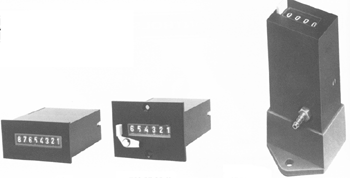Common Pneumatic Valve Types
Pneumatic control systems work with a series of components, which includes pneumatic valves. Pneumatic components are responsible for controlling rate, pressure, and the amount of compressed air that moves through the system. A pneumatic system largely depends on the force of compressed air because it transmits power. Pneumatic control systems are used in various industrial applications, especially when other energy sources are deemed too dangerous. Pneumatic valves are responsible for controlling power tools, diesel engines, and HVAC systems.
There are several variations of pneumatic controls, each of which operates in different ways. Learning about the different types ensures that you use the right type for your application and system. Below, we want to highlight the difference between common pneumatic valve types.
Two-Way Directional – these valves allow air to pass in two directions (through a port that can open and close). When the port is closed, air cannot flow through the valve. When the port is opened, air moves through various ports in the desired direction.
Three-Way Valves – these valves are also called directional three-way valves. These pneumatic valves have three ports. The first is connected to another device or an actuator. The other port is connected to an air-flow source. The last port is the exhaust exit.
Four-Way Control Valve – these valves have four ports. Two of the ports connect to actuators. One connects to a pressurized airflow, and the other is the exhaust pathway. These valves effectively reverse the motion of basic cylinders and motors.
Pneumatic Controls
- Increasing the Efficiency of Pneumatic Valve and Control Systems
Pneumatic control systems function with compressed air that controls the system, including in the control of HVAC systems.
- A Review of Pneumatic Control Systems
- Four Basic Pneumatic Control Circuits


- Ellis/Kuhnke Controls
132 Lewis Street Unit A-2, Eatontown, N.J. 07724
Phone: 1-800-221-0714
Fax: 732-291-8154
Email: Info@ekci.com
- Home Pneumatic Controls Technical Info CAD Drawings Contact Us Pneumatic Timers Blog Site Map
